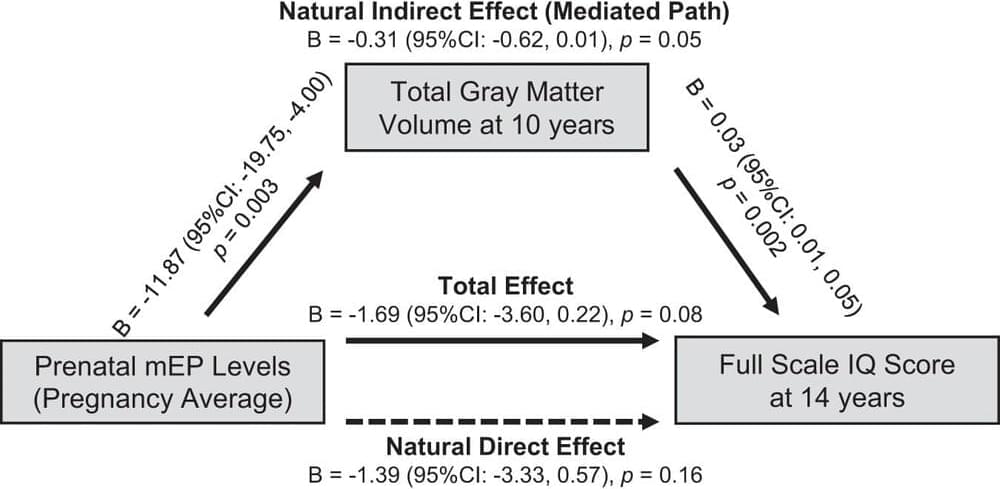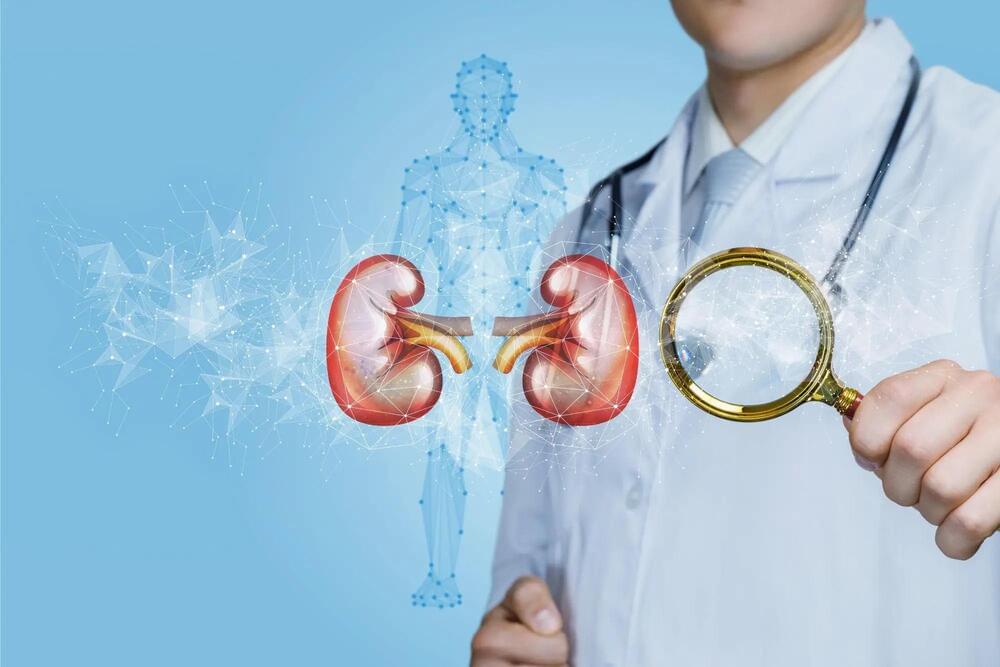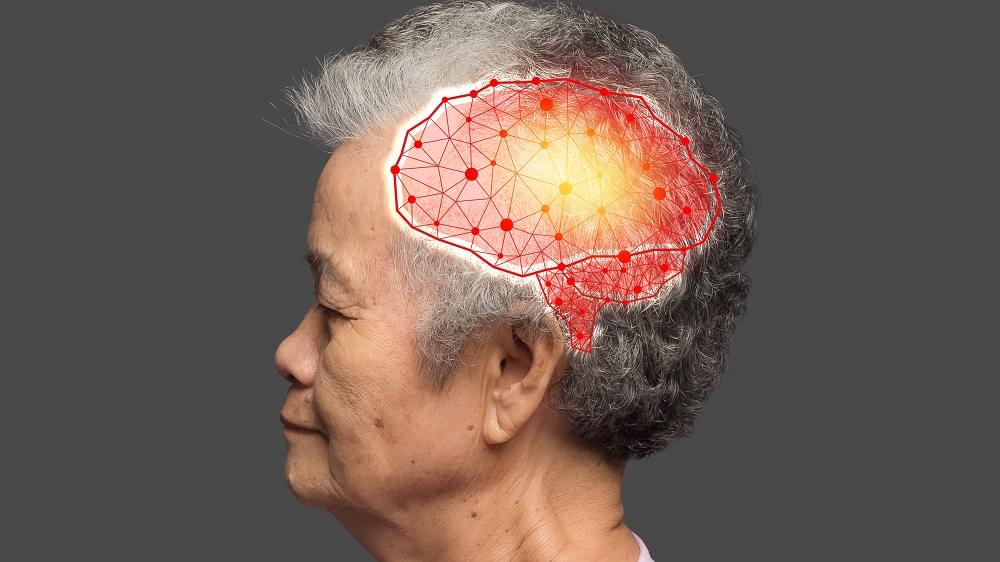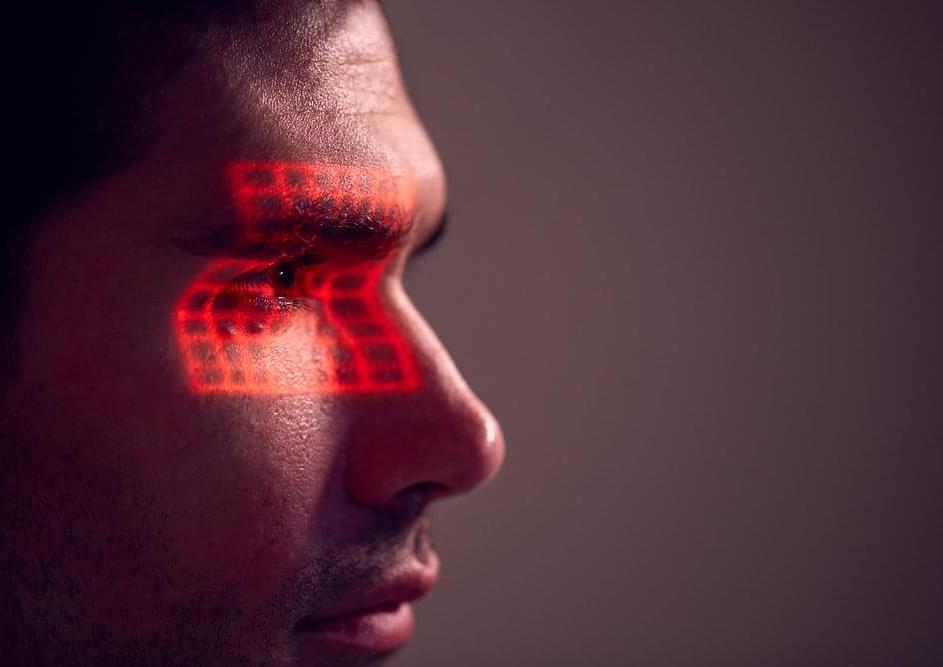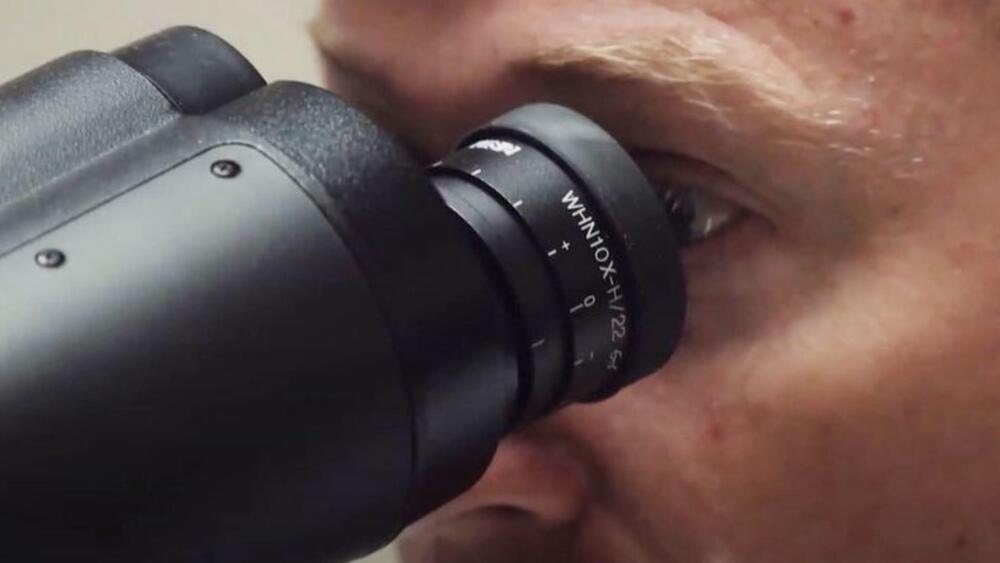CHOP researchers established the feasibility of an artificial womb called the “Biobag” to nurture a premature lamb in 2017.
The US Food and Drug Administration (FDA) will hold a meeting of independent advisors on September 19–20. The meeting’s agenda is to discuss the viability of clinical trials using artificial womb technology to improve the survival and health of extremely preterm newborns.
Reportedly, during this meeting, regulators and experts will delve into ethical concerns and evaluate various crucial aspects, including the potential steps and design of human trials for this technology.
